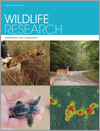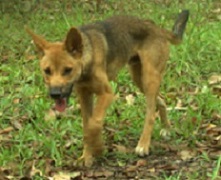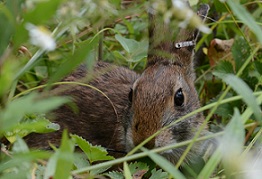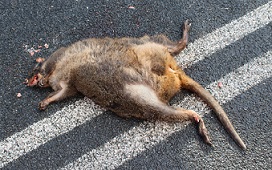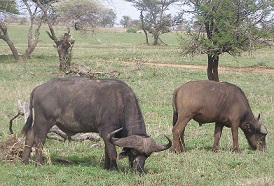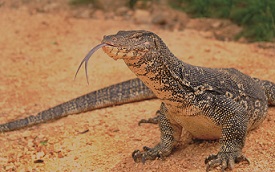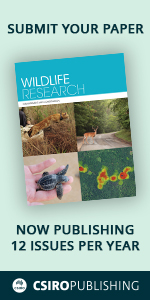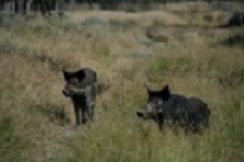
Feral pig (Sus scrofa) populations are widespread in north-eastern Australia and can increase rapidly under favourable conditions. We examined the relationship between six proxy measures of food supply and pig population densities on 10 sites (~2000–6000 km2) in Queensland’s rangelands, with preceding 12 month rainfall being the best predictor. Our results provide a method to predict feral pig population changes at the bioregional level, helping to guide management actions. Photograph by Matthew Gentle.


